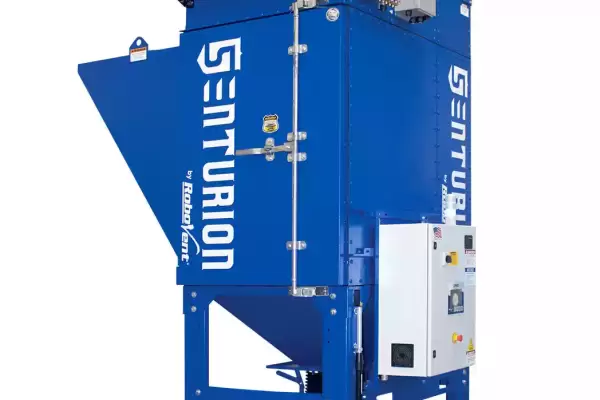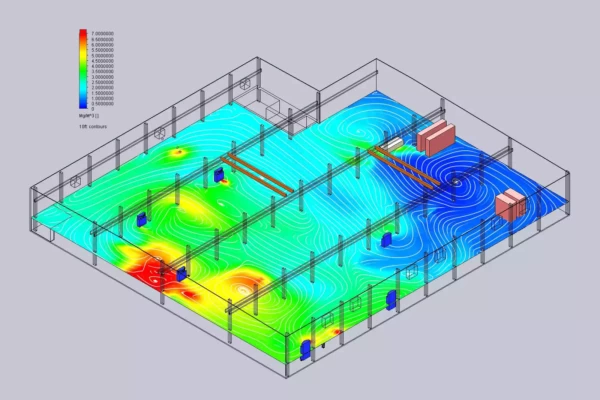 EXPOSURE RISKS FOR PIGMENT DUST
EXPOSURE RISKS FOR PIGMENT DUST
The dangers of pigment dust are those of many toxic metals. For example, cadmium dust affects the kidneys and respiratory system even in low concentrations. Long-term exposure can affect the neurological, gastrointestinal and reproductive systems and is associated with cancers of the lung and prostate.
Exposure to chromium compounds is dangerous, as well. Chromium metal can cause dermatitis and pulmonary disease, but is not carcinogenic, unlike the compound hexavalent chromium. This compound, also known as Cr(VI), is a known cause of cancer. It can also damage the skin, eyes, kidneys, liver and the respiratory system. The Occupational Safety and Health Administration (OSHA) estimates that 558,000 workers are potentially exposed to hexavalent chromium.
 REGULATIONS FOR PIGMENT DUST
REGULATIONS FOR PIGMENT DUST
OSHA regulates workers’ exposure to most of the toxic substances found in pigment dust. OSHA’s “permissible exposure limits” (PEL) measure a worker’s exposure during an entire eight-hour work shift and calculate the average exposure over that period. Below are some examples of the PEL’s for toxic substances found in pigments.
- Cadmium: 5 µg/m3
- Zinc oxide: 15 mg/m3
- Chromium: 5 µg/m3
- Iron oxide: 15 mg/m3
- Cobalt: 0.1 mg/m3
The American Conference of Governmental Industrial Hygienists (ACGIH) recommends different guidelines on these exposure limits, in some of these cases. This is not surprising, since ACGIH guidelines are generally more strict than OSHA’s. Many leading manufacturers, however, strive to meet ACGIH guidelines in order to protect their workers and lead their industries in worker safety.
Knowing what dangerous substances are in your specific pigment dust is crucial for complying with OSHA regulations. Services providing comprehensive chemical testing of your specific dust are available and an important investment in worker safety and regulatory compliance.
MORE DUST TYPES
SOLUTIONS FOR PIGMENT DUST COLLECTION
Although this dust is more dangerous than many other dusts, the act of pigment dust collection is similar to other methods. Whether a business needs a source capture solution, an ambient capture one, or a combination of the two, RoboVent offers a wide variety of dust extraction systems and engineering services to meet any challenge.
Dust Collection for Paint & Pigment Manufacturing Collectors
Clean Air Technology Services
CONTACT US
Contact one of our industrial dust experts to gain the advantage against dust-generating processes and applications.








